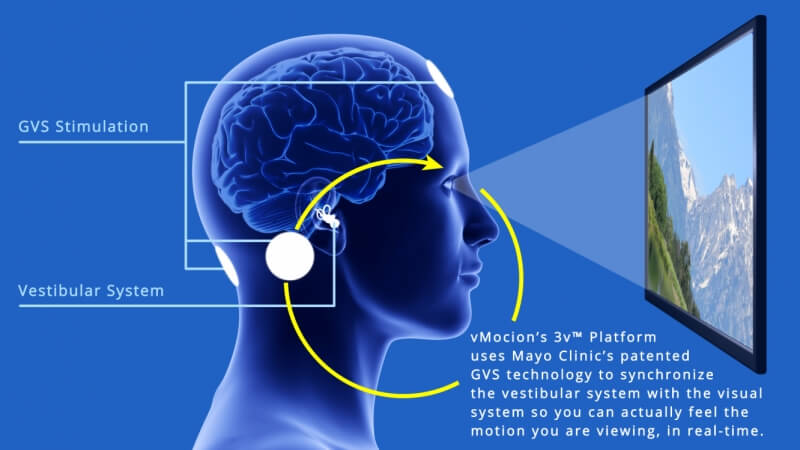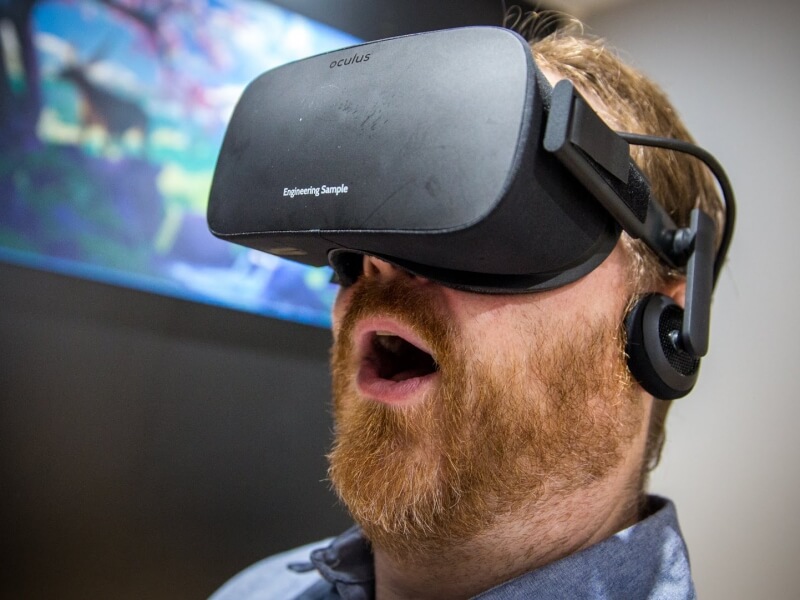Virtual reality headsets have made massive advancements in recent years, especially when compared to the devices' early developer kits. But one area that still causes varying degrees of discomfort for many VR users is the sensation of motion sickness that often comes when using the likes of the Rift, Vive, and Gear VR.
While there are a few factors that contribute to virtual reality motion sickness, such as low, juddering framerates, the main problem is that when using VR our eyes trick us into thinking we're moving while the inner ear tells us we're standing still.
The issue is one that the Mayo Clinic has been working on the last 11 years, and was initially developed at its Aerospace Medicine & Vestibular Reseach Lab for the US defense department as a way of helping pilots who were experiencing sickness from the flight simulators.
The clinic came up with a technology called Galvanic Vestibular Stimulation (GVS), which uses electrodes to trick the inner ear into thinking the body is moving. When synchronized with what's being viewed in virtual reality, the system can reduce or eliminate motion sickness. It also has medical applications, such as helping stroke victims regain their balance.

The GVS technology has been licensed to vMocion, a Los Angeles-based startup, for use in the media and entertainment industries. The company said it can convert simulated motion from existing 2D and 3D content into GVS simulation, so developers won't be required to add additional code into their games to make the technology work.
Earlier this month, we reported that Samsung had unveiled the Entrim 4D headphones that also tricked people into thinking they were moving by sending low-voltage electrical signals into the inner ear. Speaking to TechCrunch, Dr. Michael Cevette, chair of the audiology department at the Mayo Clinic, said the difference between the two devices was similar to the differences between the Gear VR and Oculus Rift. While Entrim 4D uses a pair of electrodes to measure movement around a fixed point, vMocion allows three-dimensions of motion stimulation.
The GVS technology uses four electrodes placed behind each ear, on the forehead and on the back of the neck, which are "all linked in real-time so that any movement in the visual field launches a synchronized GVS command," according to Cevette.
vMocion 3v platform is available for licensing now. If motion sickness continues to be a problem for many new VR users, we could see the technology appear in commercial products sooner rather than later.
